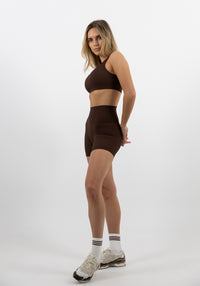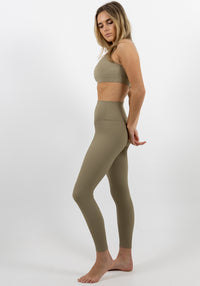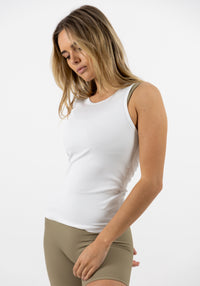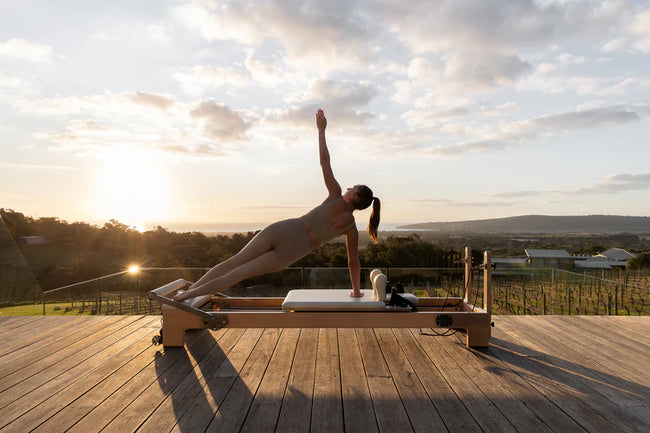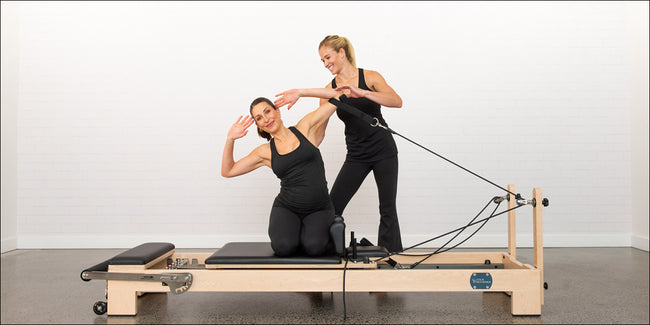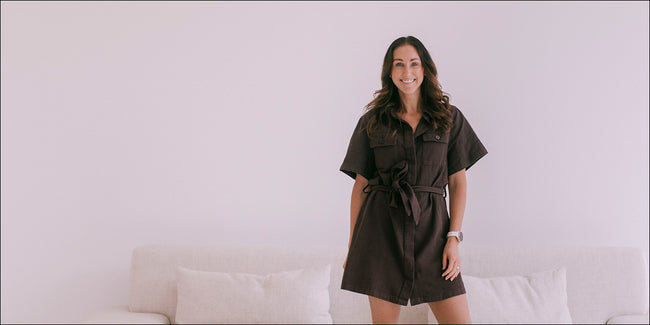Diastasis Recti, otherwise known as ‘Mummy Tummy’, is an abdominal separation issue that can affect anyone, any sex, any age, regardless of if you’ve had a child or not.
It’s very common in post-natal bodies, so we’ll focus on that here – but the issue itself - and the resolution works for everyone!
It’s really tempting after kids, to want to try and get your pre-baby body back as fast as you can. If you’ve just given birth – give yourself and your body a break and remember to value the amazing work it's doing. Trying to steam-roller your way back to the body you once had can be exactly the wrong thing to do without first understanding fully what’s going on with your body.
Going straight in to full-on exercises such as crunches, planks and push-ups can actually make the underlying issue worse. Not only will it demotivate but it can also lead to possible injury in the longer term.
Understanding Diastasis Recti
During pregnancy a separation of the rectus abdominus muscles and connective tissues in-between them happens naturally. It has to do this so your baby can grow and keep both mum and baby as comfortable as possible. It’s also normal for it to take a number of months for everything to heal and go back to where it was.
If this doesn’t happen naturally over time, you’ll tend to find the following happens: a weakened core, back pain, possible pelvic floor issues and that stubborn 'mummy tummy'.
In your post-natal check-up you should be being checked for diastasis recti by your doctor –it's OK to ask them what they think at this point, whether you are safe to exercise and if they think that your level of separation is to be expected.
If you want to monitor your situation you can also check yourself for any separation (or worsening symptoms):
- Lie on your back with your feet on the floor, knees pointing up to the ceiling
- As you exhale; lift head and shoulders slightly off of the floor and look to your knees (like doing a mini crunch)
- Gently place your fingers down into your tummy button width ways: If your fingers sink into your abdomen, you have a separation of your rectus abdominis muscles. How many fingers you’re able to ‘sink’ into the space is roughly the amount of cm's separation you have there
- Just a note – if you don’t have a separation soon after birth – amazing news! You’ll want to keep it that way by following the below steps just the same as if you did have one
How Pilates can help
Because Pilates targets your core muscle groups, you learn to control breath and body to support and strengthen the key areas that diastasis recti impacts.
Foundations are important. Like the tortoise and the hare, slow and steady definitely wins the race, and you’ll see improvements quicker by focusing on getting the building blocks right first. Build connections, understand your new body and work with it rather than against it. Using a reformer can assist with listening to our body's cues, getting feedback and ensuring our muscles switch on or off in the correct order.
There’s no wrong time to start correcting the issue either. If you’ve been living with it for a long time, you can still start the process to heal no matter when it first happened.
Following programmes designed specifically for post-natal bodies is recommended for ensuring your body is safe and strong as you navigate the months after childbirth.
We have some amazing pre and post-natal Pilates classes on our YR App, so check them out.





